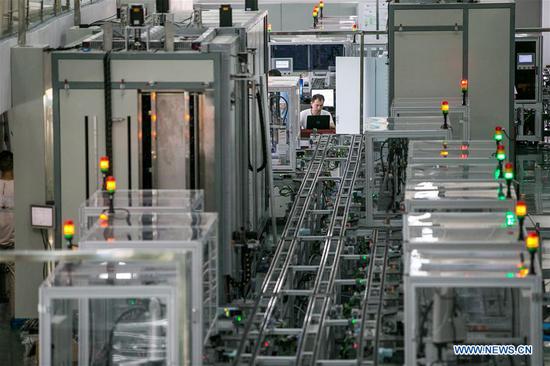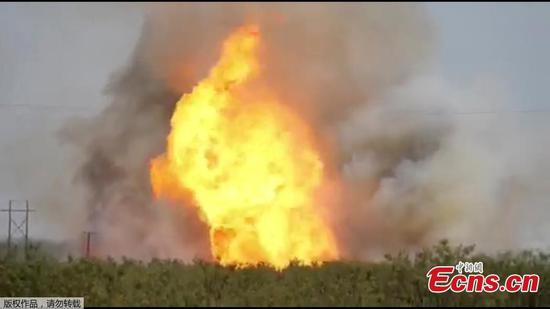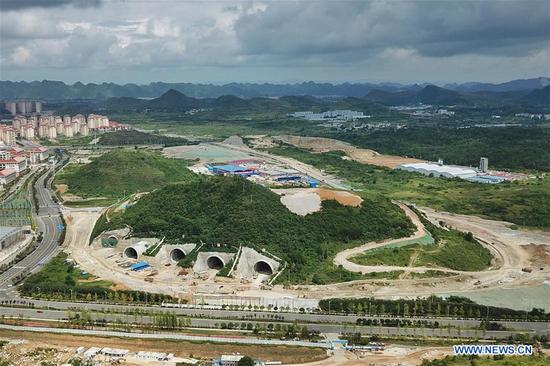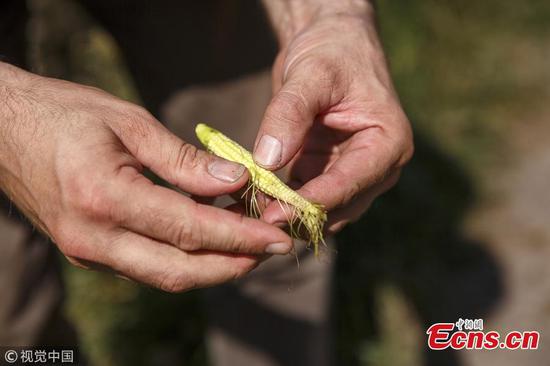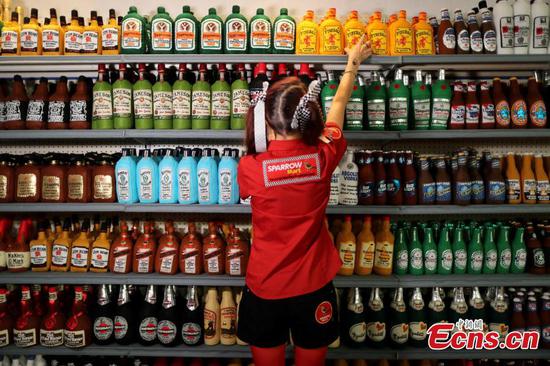China can reduce its soybean imports by more than 10 million tonnes within the year, experts have said.
The lower imports can be realized by popularizing low-protein feed, raising imports of soymeal substitutes and boosting domestic production. In addition, soybean demand from China's breeding industry is also weakening.
At present, China is promoting the application of low-protein feed technology in raising pigs and chickens.
Research by Yin Yulong with the Chinese Academy of Sciences shows that pork output and quality is not affected by lowering the share of protein in animal feed if four specific amino acids can be added at different stages of animal growth.
Zhang Haitao, in charge of technology at Guangdong Evergreen Feed Industry Co. Ltd., said that China had sufficient amino acid production capacity, and using low-protein feed formula could reduce the country's demand for soymeal by 5 to 7 percent, equivalent to about 5 million tonnes of soybeans.
As a result, it is "operable and sustainable" to lower China's soybean consumption demand by employing low-protein feed, Zhang said.
Soymeal is not the only source of protein in feed. Meal from rapeseed, cotton seeds, sunflower seeds and palm kernels can all be substitutes.
The main reason soymeal takes the lion's share of animal feed is low prices. As prices rise, it becomes economically feasible to choose other substitutes.
Li Qiang, chairman of Shanghai JC Intelligence Co. Ltd., said Chinese imports of soymeal substitutes "have huge room for growth."
"If China increases imports of rapeseed by 2.5 million tonnes, meals from sunflower seeds by 3.5 million tonnes, and meals from palm kernels by 3 million tonnes this year, theoretically the country can reduce soybean imports by 6 million tonnes," Li said.
The country can also raise its capacity for self sufficiency, with oil-yielding crops.
Earlier this year, the Ministry of Agriculture and Rural Affairs said that China's soybean planting area would increase by about 666,667 hectares this year.
Fu Tingdong, professor at Huazhong Agricultural University in central Hubei Province, said 4 million hectares of idle arable land and tidal flats in the Yangtze River Basin could be used for planting soybeans.
Losses to China's breeding industry since March 2018 have also hurt the demand for soybean products. In the second quarter, soymeal consumption in China dropped 1.3 percent year on year.
Analysts forecast that soymeal demand in the next few months will continue to fall from the previous year.









